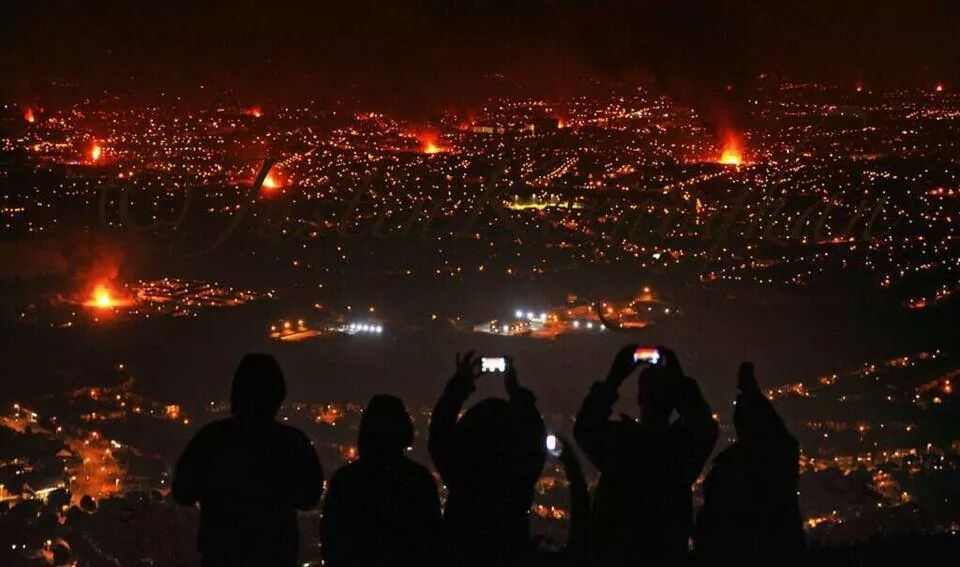
Tomorrow night Belfast will burn, again, just as it does every July 11th when Loyalists light bonfires on the eve of the annual celebrations of the victory of the Protestant William of Orange over the Catholic King James II at the Battle of the Boyne in 1690.
This is one more of the tribal rituals that mark Northern Irish society. It is akin to marching season itself, in which Protestant bands and fraternal organizations parade in often provocative, hostility-tinged displays of communal dominance over their Catholic neighbors.
In years past Loyalists have decorated their bonfires with statues of the Virgin Mary, Irish Tricolors, effigies and posters of Nationalist politicians, and other unmistakable symbols of casually brutal contempt tinged with not-so-subtle threats of violence. When a banner with the initials KAT, meaning “Kill All Taigs”, is hung across your bonfire, the message is pretty clear.
Loyalist communities defend these bonfires and marches as cherished parts of their culture and integral to their British identity. The bonfires are typically built in public spaces, often dangerously close to homes. In recent years the towering bonfire structures have grown more and more massive as neighborhoods compete against each other to have the biggest conflagration in the city.
This year, more than 50 homes have been boarded up in one neighborhood and the residents encouraged to evacuate because the bonfire being built is so immense, and so close to residences, that there is real fear that the houses could burn along with the towering structure of pallets and tires.
It comes as no surprise that the committees which take charge of building the bonfires are cut checks from public coffers, with the money distributed as community development funds. It comes as no surprise that many of my Catholic friends will choose to stay at home on the night of the 11th, just in case.
When I was in Sandy Row in March, the young men who met me at the community center to take me on a tour of their neighborhood invited me back for July 11th to experience their bonfire. They described it as a positive, welcoming, family-friendly event, like a backyard barbecue and block party rolled in to one.
And they were astonished that anyone, anywhere, would consider it otherwise.